Research on Vegetable-derived Exosome
Plants have great potential for application as resources for human survival. With the growing interest in discovering new medicinal properties in plants, in recent years, researchers have turned attention to exploring the characterization and potential applications of plant-derived exosomes, especially vegetable-derived exosomes.
Exosomes are small nanoscale vesicles (30-150nm) secreted from most cells with a phospholipid bilayer structure containing DNA, RNA, proteins, and lipids involved in intercellular communication. Various evidence has shown that vegetable-derived exosomes exhibit antimicrobial, anticancer, antioxidant, and anti-inflammatory effects, thus providing potential advantages in cancer therapy, tissue protection, and repair.
What is Vegetable-derived Exosome?
It is well known that vegetables or their extracts are rich in valuable nutrients and have many benefits for the human body. Vegetable-derived exosomes have a similar ultrastructure to exosomes of animal origin. Still, its chemical composition of lipids, proteins, and nucleic acids is significantly different and has unique biological functions with broad application prospects. Research has found that exosomes isolated from ginger, ginseng, garlic, onion, broccoli, and carrot carry various active substances, which have significant regulatory roles in skin repair, immunomodulation, and regenerative medicine.
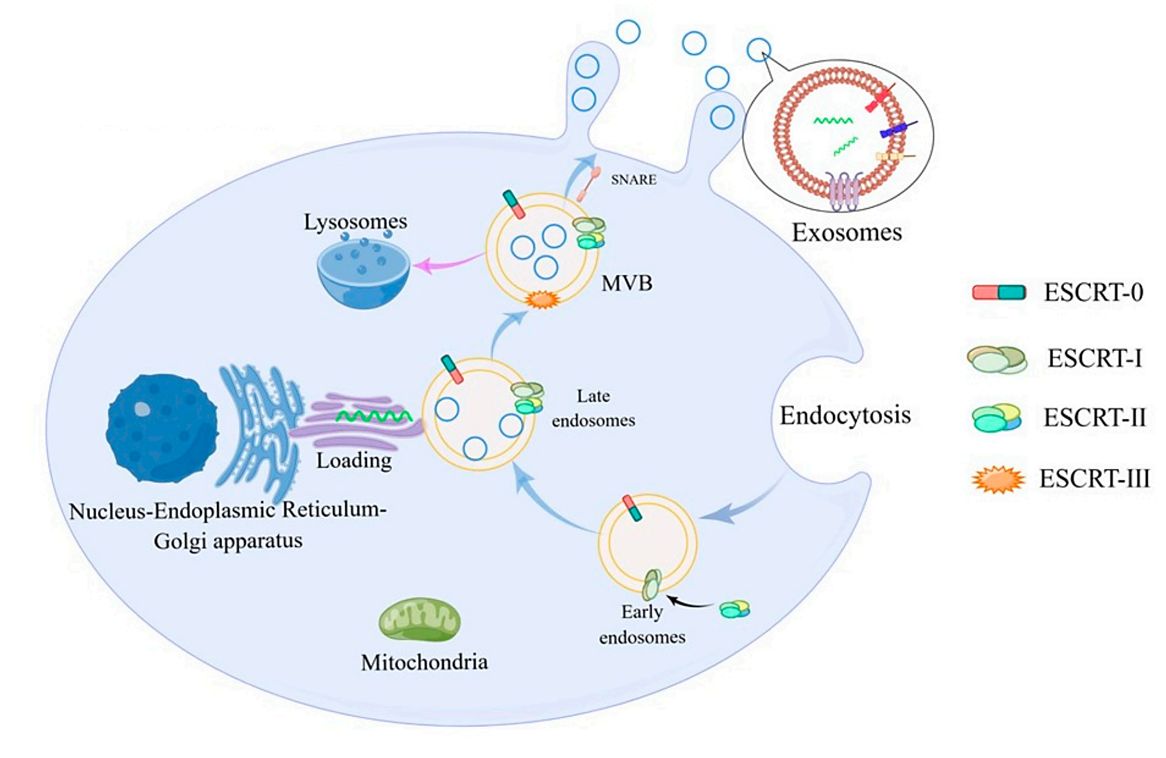 Figure 1. Formation and secretion of the vegetable-derived exosome. (Liu Y, et al., 2024)
Figure 1. Formation and secretion of the vegetable-derived exosome. (Liu Y, et al., 2024)
Advantages:
1. Vegetable-derived exosomes have the advantages of small size and high tissue penetration.
2. Vegetable-derived exosomes maintain good physicochemical stability at different pH and temperature.
3. Vegetable-derived exosomes show significant advantages in biocompatibility, stability, in vivo distribution, prolonged half-life, and cell internalization.
4. Vegetable-derived exosomes are an ideal carrier option for transdermal delivery and have a promising future for medical and aesthetic applications.
5. Vegetable-derived exosomes are easy to mass produce.
How to Isolate Vegetable-derived Exosome?
Plant exosomes are highly productive, but current research on exosome isolation and purification lags far behind that of animal exosomes. Vegetable-derived exosomes are isolated from plasmalemma washes. After extraction from vegetables, the first step is isolation. Differential centrifugation is the basic isolation method. However, exosomes obtained by this method are usually mixed with nucleic acid aggregates, proteins, or other extracellular vesicles. Therefore, further purification using density gradient ultracentrifugation is required to separate contaminants. To improve separation efficiency, researchers have proposed a combination of centrifugation methods, i.e., differential centrifugation combined with sucrose density gradient centrifugation. This method has gained popularity due to its simplicity, affordability, and ability to improve separation purity. However, although several methods have been developed to extract vegetable-derived exosomes, obtaining pure exosomes remains challenging due to the complexity and heterogeneity of plant cell structures.
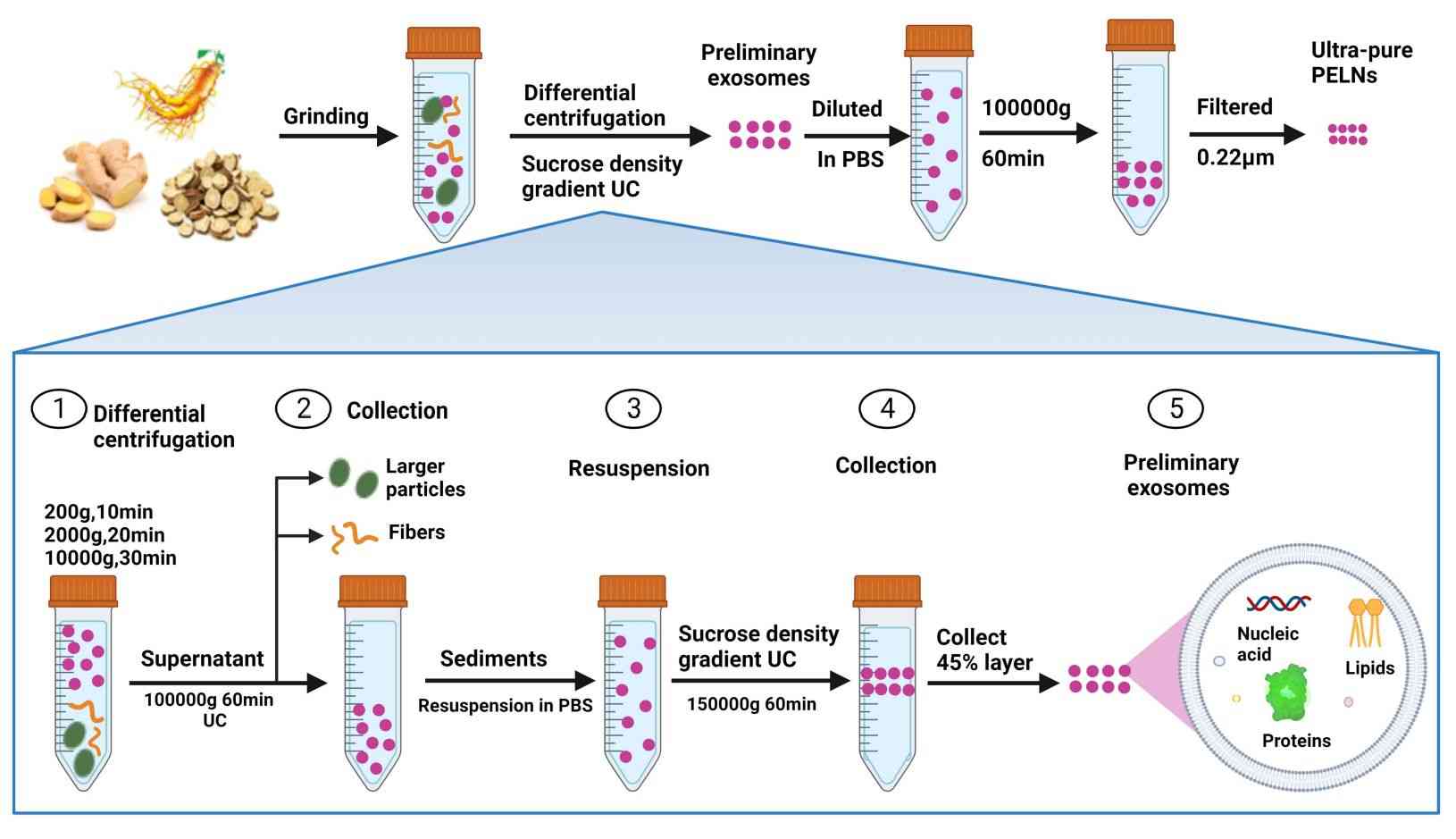 Figure 2. Isolation of vegetable-derived exosomes by ultracentrifugation combined with sucrose density gradient centrifugation. (Mu N, et al., 2023)
Figure 2. Isolation of vegetable-derived exosomes by ultracentrifugation combined with sucrose density gradient centrifugation. (Mu N, et al., 2023)
Vegetable-derived Exosome in Dermatology
- Promoting Transdermal Absorption

Transdermal absorption is a major bottleneck in cosmetic skincare, limiting the effective utilization of many ingredients. One of the advantages of vegetable-derived exosome is that it is an excellent transdermal system in its own right, able to penetrate deep into the stratum corneum. Plant-derived exosomes have a lipid bilayer result, which is very similar to the liposomes commonly found in skin care products. Through the transcellular pathway and intercellular pathway, vegetable-derived exosomes can blend well with skin lipids to diffuse, absorb, and take effect. For example, broccoli-derived exosomes have good morphological integrity and a high encapsulation rate, especially the ability of stratum corneum penetration, which is significantly enhanced. Compared with free fluorescent molecules, exosome-encapsulated fluorescent molecules can better penetrate and distribute in the stratum corneum and dermis.
- Drug Slow Release System

The lipid bilayer structure of vegetable-derived exosomes makes it an ideal carrier for transporting drugs and biomolecules. As a good carrier system, plant exosomes can be loaded with a variety of anti-tumor drugs to achieve synergistic anti-tumor effects. In the field of skin care, this system can also be used to load astaxanthin, retinol, and other molecules that require encapsulation treatment. In recent years, vegetable-derived exosomes have received a lot of attention in delivering skin care ingredients. The vegetable-derived exosome is utilized to bring active ingredients directly into cells and significantly enhance skin care effects.
- Anti Aging Benefits

Antioxidants are one of the biological activities of vegetable-derived exosomes, and its antioxidant properties may be attributed to the ability to deliver miRNAs to cells. Research has reported that miR-CM1 in mushroom-derived exosomes can target the 3'UTR of Mical2, thereby inhibiting its expression to reduce ROS. inactivation of Mical2 inhibits oxidative stress-induced cellular injury and damage, resulting in an anti-aging effect on skin cells.
- Promoting Skin Regeneration

Vegetable-derived exosomes show promising applications in promoting skin regeneration due to the unique properties and functions. Its ability to deliver bioactive molecules, regulate cell behavior, and provide a favorable microenvironment makes it a valuable tool in regenerative medicine. One of the critical roles of plant exosomes in wound healing is to regulate important cellular processes related to tissue repair. By delivering bioactive molecules such as growth factors and miRNAs, plant exosomes can initiate signaling pathways that promote cell migration, proliferation, and differentiation. These processes are critical for wound closure, epithelial regeneration, neurogenesis, and angiogenesis. Neurogenesis is particularly important in wound healing, and plant exosomes can enhance neurogenesis and stimulate neural differentiation of mesenchymal stem cells (MSCs) by delivering bioactive factors to the wound site. For example, ginseng-derived exosomes can transfer plant-derived miRNAs to mammalian MSCs, with the potential to enhance MSC neural differentiation and wound healing.
Biomedical Applications of Vegetable-derived Exosome
- Rebuilding the Intestinal Microbiota
Because of its ability to resist digestion by pepsin and enteropancreatic enzymes, vegetable-derived exosomes can maintain stability in the digestive system and further exert therapeutic effects. Research has found that ginger-derived exosomes can alter the composition of the gut microbiome and positively impact host physiology. Ginger-derived exosomes prevent alcohol-induced liver injury by regulating the TLR4/TRIF pathway and activating nuclear factor erythroid 2-related factor 2 (Nrf2). Oral administration of ginger-derived exosomes reduced acute colitis, increased intestinal repair, and prevented chronic colitis. In particular, the research found that broccoli-derived exosomes activated dendritic cell AMP-activated protein kinase and protected mice against colitis.
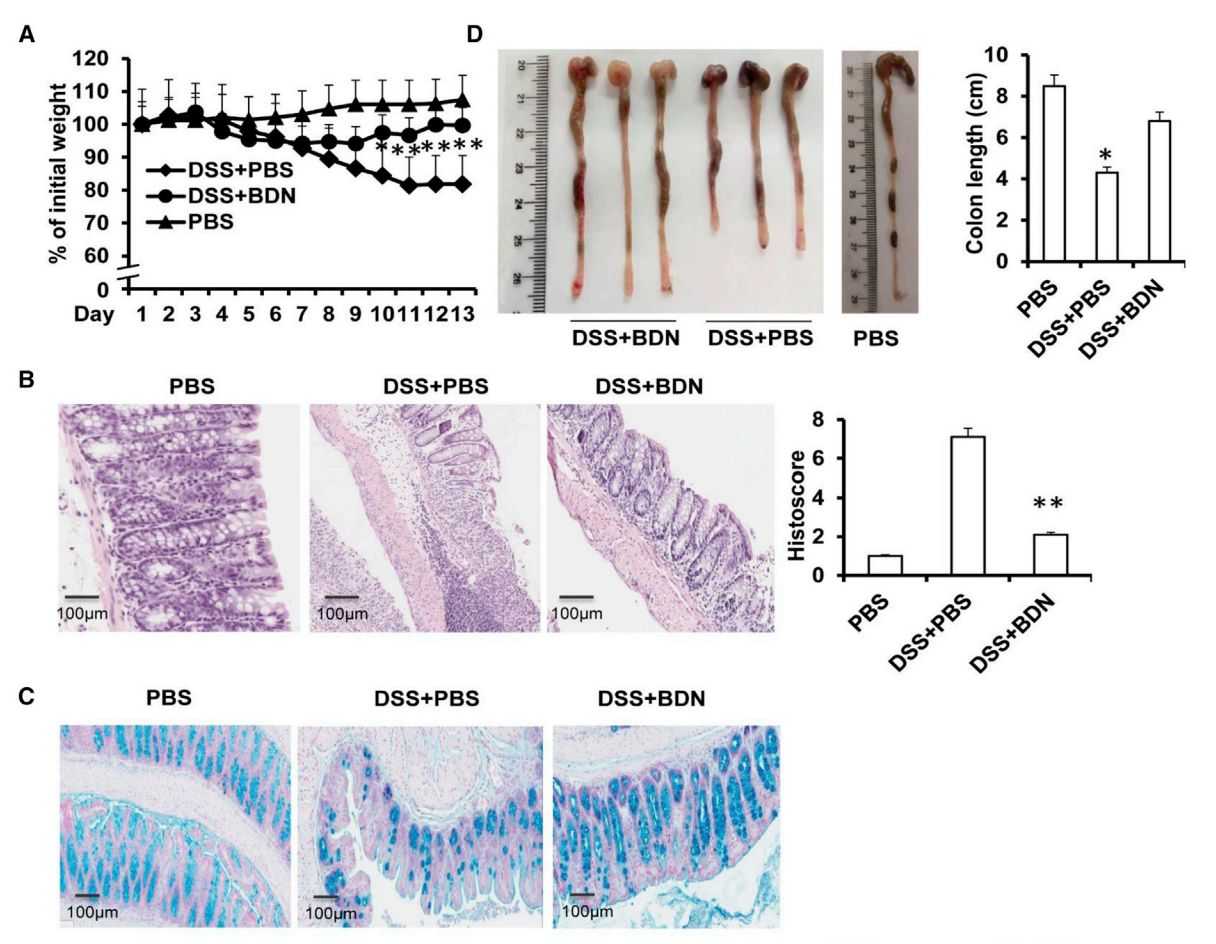 Figure 3. Broccoli-derived exosomes may prevent intestinal inflammation. (Deng Z, et al., 2017)
Figure 3. Broccoli-derived exosomes may prevent intestinal inflammation. (Deng Z, et al., 2017)
- Tumor Suppression
Vegetable-derived exosome exerts inhibitory effects on human tumor cells. For example, bitter gourd-derived exosomes effectively inhibited the invasion and migration of the U251 human glioma cell line by modulating the P13K/AKT pathway. Ginger-derived exosomes have shown promising results in the treatment of colitis-associated cancer (CAC) by decreasing the levels of inflammatory cytokines and cytosolic protein D1 mRNA and inhibiting the proliferation of intestinal epithelial cells in mice. Ginseng-derived exosomes hindered the migration, invasion, and adhesion ability of lung cancer cell lines by down-regulating the expression of thymidine phosphorylase mRNA in the pentose phosphate pathway. Asparagus-derived exosomes are also found to inhibit hepatocellular carcinoma cell proliferation without toxicity.
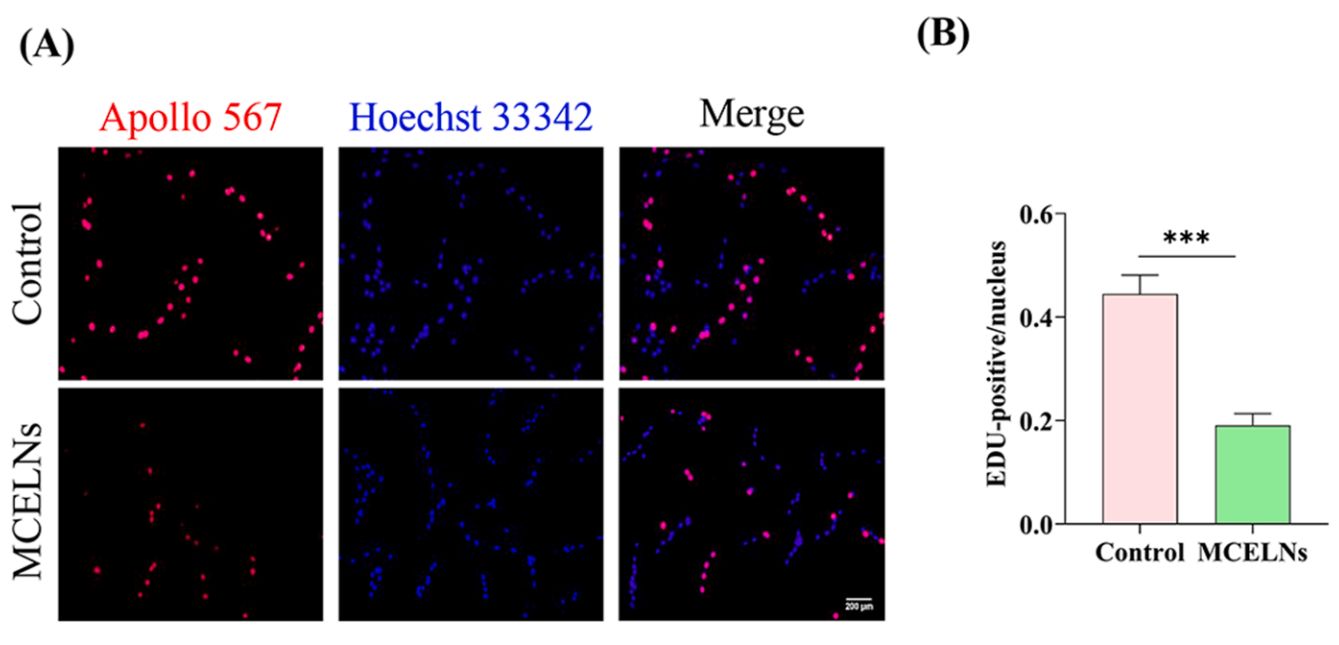 Figure 4. Momordica charantia-derived exosomes inhibit the proliferation of U251 glioma cells. (Bin Wang, et al., 2022)
Figure 4. Momordica charantia-derived exosomes inhibit the proliferation of U251 glioma cells. (Bin Wang, et al., 2022)
- Treatment of Respiratory Diseases
Vegetable-derived exosome has shown great potential in the treatment of respiratory diseases, including COVID-19 and pulmonary fibrosis. Exosomes isolated from vegetables such as soy, ginger, and tomato have been found to contain tiny RNAs (miRNAs) that can target human transcripts. These miRNAs have the potential to target multiple regions within SARS-CoV-2, making them a promising therapeutic option for the treatment of COVID-19. For example, the ginger-derived miRNA miR396a-5p effectively inhibited lung inflammation induced by Nsp12 and Nsp13, exosomes released from lung epithelial cells previously infected with SARS-CoV-2.
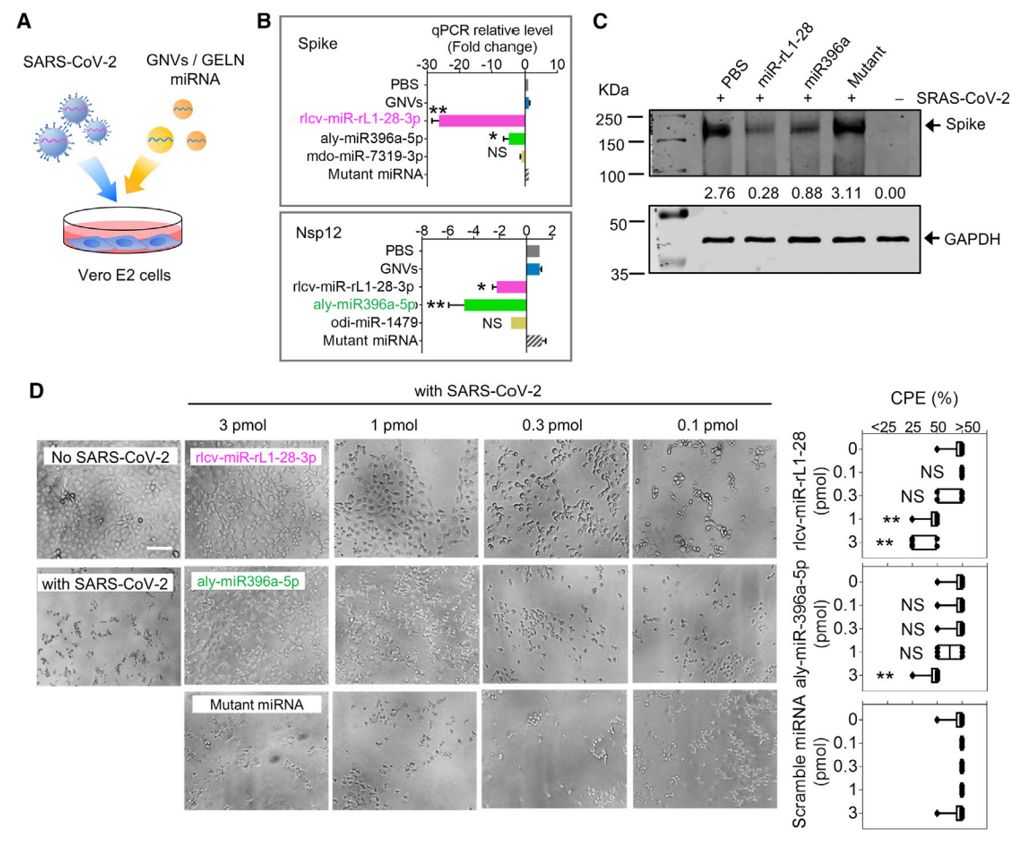 Figure 5. Ginger-derived exosomal miRNA inhibits cytopathic effect (CPE) in SARS-CoV-2-infected Vero E2 cells. (Teng Y, et al., 2021)
Figure 5. Ginger-derived exosomal miRNA inhibits cytopathic effect (CPE) in SARS-CoV-2-infected Vero E2 cells. (Teng Y, et al., 2021)
There is quite a bit of research on the application of vegetable-derived exosomes. On the one hand, it can promote the penetration of ingredients and act as a carrier of active molecules. On the other hand, it comes with its efficacy, which can achieve a variety of effects such as anti-inflammatory, anti-aging, anti-tumor, and promote skin tissue regeneration, which is an exciting research field.
As an expert in the field of exosome research, Creative Biostructure offers a comprehensive range of exosome products to help researchers explore the potential applications of vegetable-derived exosomes in cancer therapy, tissue regeneration and repair, anti-inflammatory and anti-aging, and drug delivery.
| Cat No. | Product Name | Source |
| Exo-PDELN01 | HQExo™ Exosome-Garlic | Exosome derived from Garlic |
| PNE-VC02 | PNExo™ Exosome-Celery | Exosome derived from Celery |
| Exo-PDELN02 | HQExo™ Exosome-Ginger | Exosome derived from Ginger |
| Exo-PDELN03 | HQExo™ Exosome-Onion | Exosome derived from Onion |
| PNE-VC03 | PNExo™ Exosome-Corn | Exosome derived from Corn |
| PNE-VC04 | PNExo™ Exosome-Cucumber | Exosome derived from Cucumber |
| Exo-PDELN04 | HQExo™ Exosome-Potato | Exosome derived from Potato |
| PNE-VA09 | PNExo™ Exosome-Artichokes | Exosome derived from Artichokes |
| PNE-VB23 | PNExo™ Exosome-Bean Sprout | Exosome derived from Bean Sprout |
| PNE-VB11 | PNExo™ Exosome-Beets | Exosome derived from Beets |
| PNE-VB24 | PNExo™ Exosome-Bitter gourd | Exosome derived from Bitter gourd |
| PNE-VB12 | PNExo™ Exosome-Bok choy | Exosome derived from Bok choy |
| PNE-VL17 | PNExo™ Exosome-Lettuce | Exosome derived from Lettuce |
| PNE-VB13 | PNExo™ Exosome-Broccoli | Exosome derived from Broccoli |
| PNE-VE31 | PNExo™ Exosome-Enoki | Exosome derived from Enoki |
| PNE-VB14 | PNExo™ Exosome-Brussels Sprout | Exosome derived from Brussels Sprout |
| PNE-VC15 | PNExo™ Exosome-Cabbage | Exosome derived from Cabbage |
| Explore All Exosomes Isolated from Vegetables | ||
Creative Biostructure is committed to providing high-quality vegetable-derived exosome products to advance the field of exosome research. If you have any questions or needs, please contact us, our customer service staff will be the first to help you.
References
- Liu Y, et al. Exploring the Potential of Plant-Derived Exosome-like Nanovesicle as Functional Food Components for Human Health: A Review. Foods. 2024. 13(5): 712.
- Mu N, et al. Plant-Derived Exosome-Like Nanovesicles: Current Progress and Prospects. Int J Nanomedicine. 2023. 18: 4987-5009.
- Deng Z, et al. Broccoli-Derived Nanoparticle Inhibits Mouse Colitis by Activating Dendritic Cell AMP-Activated Protein Kinase. Mol Ther. 2017. 25(7): 1641-1654.
- Bin Wang, et al. Momordica charantia-derived extracellular vesicles-like nanovesicles inhibited glioma proliferation, migration, and invasion by regulating the PI3K/AKT signaling pathway. Journal of Functional Foods. 2022. 90: 104968
- Teng Y, et al. Plant-derived exosomal microRNAs inhibit lung inflammation induced by exosomes SARS-CoV-2 Nsp12. Mol Ther. 2021. 29(8): 2424-2440.
